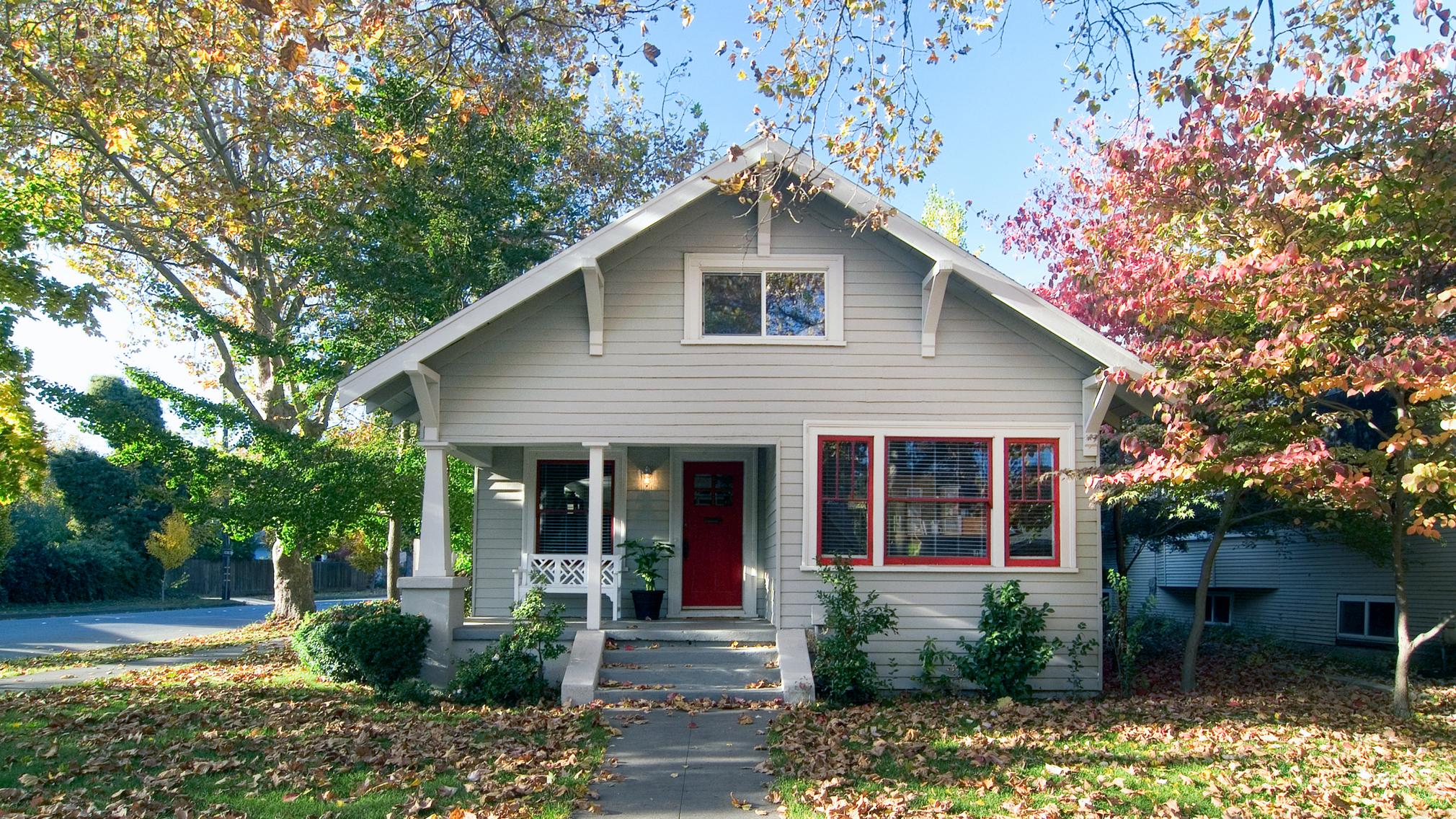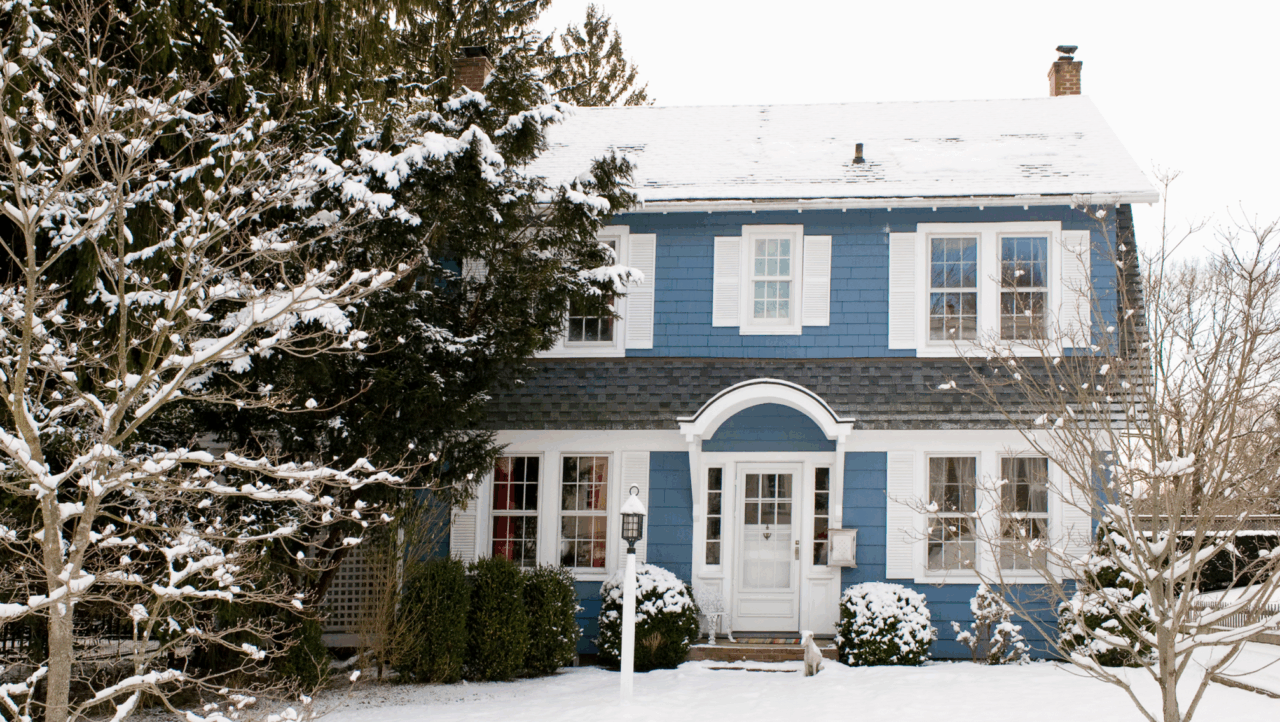How to Buy a House With Low Income


Written by Alycia Lucio on December 4, 2024
Buying a house with a lower income is possible. Not only are there mortgage options and programs designed to help moderate- to low-income buyers achieve their homeownership goals, but there are numerous strategies for finding lower-priced homes.
In this article, we share 10 steps to buying a house with a low income, along with programs designed to help lower income buyers become homeowners.
1. Improve your credit score
The first thing you’ll want to do when trying to buy a house, regardless of your income, is look at your credit score. Your credit score gives lenders insight into your borrowing risk and is one of several factors they use to determine your interest rate. The higher your credit score, the better your chances of getting favorable loan terms and approval. If you have no credit or low credit, take steps to improve or build your credit before applying for a mortgage.
2. Pay down debts
Lenders will also closely examine your debt-to-income (DTI) ratio to assess how well you manage your current debts and your ability to take on more if approved for a mortgage. A DTI below 36% is ideal, although most lenders typically allow up to 43% and some as high as 50%. Pay down your debts as much as possible to get within a desirable range before applying for a mortgage. This will increase your mortgage approval odds and free up extra money for other household expenses.
Use our DTI Calculator to get an estimate of your current debt-to-income ratio.
3. Create a budget
Mortgage professionals and financial experts have different schools of thought around what percentage of your income to budget for a mortgage. Historically, 30% was considered a good target, but the reality today is that the cost of housing usually requires a larger share. But no matter what you decide, what’s most important is that you take stock of all your spending needs and establish a budget based on what you can comfortably afford. This will help you avoid taking on too large of a mortgage payment. As part of your budget, consider the other costs you’ll have when buying a home, in addition to a mortgage payment, like homeowners insurance, property taxes, and home maintenance.
You can use our Affordability Calculator to get an idea of how much house you can afford based on your current income and savings.
4. Partner with a knowledgeable real estate agent
Partnering with a knowledgeable real estate agent who understands your budget and priorities can help you uncover hidden opportunities and negotiate favorable terms. You can find a real estate agent through our directory who can help you get a deal. They may also recommend lenders in their network who may be willing to offer lender credits, discount points, or a no-closing-cost mortgage that lets you roll your closing costs into the loan amount.
5. Consider co-buying
You can include a co-signer or co-borrower on your mortgage application to help you qualify for a loan. A co-borrower will take out the mortgage with you, meaning they will become part owners of the home and responsible for their share of the mortgage payments. A co-signer agrees to back your loan if you default, but they don’t live in the home with you or own the home.
In a 2024 Zillow survey, 63% of buyers reported purchasing and sharing ownership of their home with at least one other person. When you co-buy, your lender will evaluate their financial profile and yours. They’ll take the lower of your median credit scores from the three credit bureaus, combine your incomes and DTI ratios to determine your rates, loan terms and borrowing amount. Make sure to select a friend, family member, or relative whose financial profile is similar or stronger than yours to help you qualify for the best loan options.
6. Research your loan options
Before applying for a mortgage, research the different types of home loan options available to low-income borrowers.
FHA loans
FHA loans are one of the most common types of mortgages for low-income borrowers. They offer a 3.5% down payment minimum for credit scores as low as 580 and provide options to borrowers with lower credit scores. Some lenders even accept DTIs as high as 55%.
VA loans
The Department of Veteran Affairs insures VA loans, which are available to active duty service members, veterans, and the surviving spouses of veterans. Qualification requirements vary by lender, but you typically need a 620 credit score and a DTI of 70% or less. VA loans don’t require a down payment, but there is a funding fee between 0.3% and 3.6% of the home’s purchase price.
USDA loans
The U.S. The Department of Agriculture backs USDA loans, which are designed to provide low-income home buyers with financing to purchase, renovate, or repair homes in rural areas. USDA loans don’t require down payments and typically have lower interest rates. Lenders typically require a credit score of 640 and DTI below 55%. Your income also cannot exceed 115% of the median household income of your area.
Fannie Mae HomeReady loan
The HomeReady™ program from Fannie Mae is a conventional loan program designed to help low-income borrowers obtain homeownership. The program requires a 3% down payment, a 620 minimum credit score, and a DTI below 43%. It also requires that borrowers earn 80% or less of the Area Median Income (AMI), and at least one borrower must complete a homeownership education program.
Freddie Mac Home Possible loan
The Home Possible™ program from Freddie Mac is also a conventional loan program designed to help low-income borrowers. It works the same as the Home Possible™ program, requiring a 3% down payment, a 620 minimum credit score, and a DTI below 43%. Borrowers must earn 80% or less of the AMI and participate in a homeownership education program.
Housing Finance Authority (HFA) loans
The Housing Finance Authority (HFA) partners with non-profit state housing authorities, Fannie Mae and Freddie Mac, to provide affordable home financing to low-income borrowers. These loans typically offer down payment options as low as 3%, lower mortgage insurance premiums, and lower closing costs. While there are several types of HFA loans, including FHA loan options, the most common are Fannie Mae’s HFA Preferred™ program and Freddie Mac’s HFA Advantage™ program, which require a minimum 620 credit score and a DTI below 45%. They also require that the property is the borrower’s primary residence. In addition, the borrower must earn 80% or less of their AMI and complete a homeownership education program.
Understanding what home loans are available will help you narrow down the best option for your home purchase. You can use our directory to find lenders near you.
7. Tap into gift funds
Your down payment and closing costs are home-buying expenses you’ll be expected to pay upfront. Closing costs typically account for 3% to 5% of the home’s purchase price, while a down payment may be an additional 3%.
When purchasing a home with a low income, covering these upfront expenses may be challenging. The good news is most lenders will allow you to use gift funds from relatives and close friends to put towards your down payment or closing costs. While lenders may have different requirements for who can give you money, there’s no limit to how much a family member or friend can give. There’s also no limit to how many people can give you money, as long as they’re approved by your lender and aren’t directly involved in the transaction.
Keep in mind, donors will be subject to gift tax by the IRS if they give you more than $17,000, and proper documentation is required to prove that the money you receive is a gift and not a loan.
8. Check if you qualify for home buyer assistance
Home buyer assistance comes in many shapes and sizes, such as grants, forgivable loans, and special programs geared toward first-time home buyers, law enforcement and medical services professionals. The types of programs available vary depending on your location, as they’re typically offered by non-profit organizations and local government organizations. However, certain programs — such as down payment assistance programs — are offered in most states.
The most common homebuyers assistance programs include:
Down payment assistance
Down payment assistance is usually offered as a grant, voucher, or loan. You can find down payment assistance programs by contacting your local or state housing authorities, or certain non-profit organizations that specialize in helping people get the funds they need to make an adequate down payment. A 2024 Zillow survey found that buyers who get down payment assistance are most likely to get it through their bank, and those who do secure it are also more likely to get a lower mortgage rate.
Lenders may also offer down payment assistance programs, as they’re compatible with all types of loans, including conventional loans. To qualify for down payment assistance, homebuyers typically must have a 620 credit score, a DTI below 45%, and complete a homebuyer education course. They also cannot have owned a home in the past three years. Certain programs may have additional eligibility requirements.
Good Neighbor Next Door
The Good Neighbor Next Door program is a home-buying program that benefits nurses, law enforcement officers, first responders, teachers, and firefighters. This program allows these public service professionals to purchase HUD foreclosure homes at a 50% discount using FHA financing and a minimum down payment of $100. Eligibility requirements typically include a 500 minimum credit score and full-time employment within an eligible profession. The home must also be in a HUD-designated revitalization area, and borrowers must live in the house for at least three years.
Housing Choice Voucher (HCV)
HCV program, also known as Section 8, is a low-income home-buying program offering buying and rental assistance to eligible low-income individuals and households. This program enables eligible homebuyers to obtain housing vouchers to purchase single-family homes, condominium units, townhouses, and apartment units. Eligibility requirements for HCVs vary by location, but all participants must meet their state’s program-specific income and employment conditions. Typically, an individual’s or household’s income cannot exceed 50% of the median income for the county or metropolitan area to apply for an HCV.
9. Find a lender that fits your situation
Many mortgage lenders offer loans designed for lower-income borrowers. It’s best to shop around and compare at least two to three lenders to see who can offer you a home loan with the best rates for your financial circumstances. If you aren’t sure where to look, you can browse our lender directory, check with your local banks or credit unions, ask your real estate agent for recommendations, or enlist the help of a mortgage broker.
10. Consider a foreclosed home
When the Federal Housing Administration (FHA) forecloses on homes, the properties are usually turned over to the U.S. Department of Housing and Urban Development (HUD) and put up for sale through auction at a steep discount. One downside, however, is that foreclosed homes are typically sold as-is, which means they may need extensive repairs that would require additional costs. Be sure to get a certified home inspection, so that you can catch any expensive red flags before you make an offer. A HUD-licensed real estate agent or broker can help you with this process. Typically, HUD homes are purchased with an FHA loan.
A local agent can help you stay competitive on a budget.
They’ll help you get an edge without stretching your finances.
Talk with a local agent


